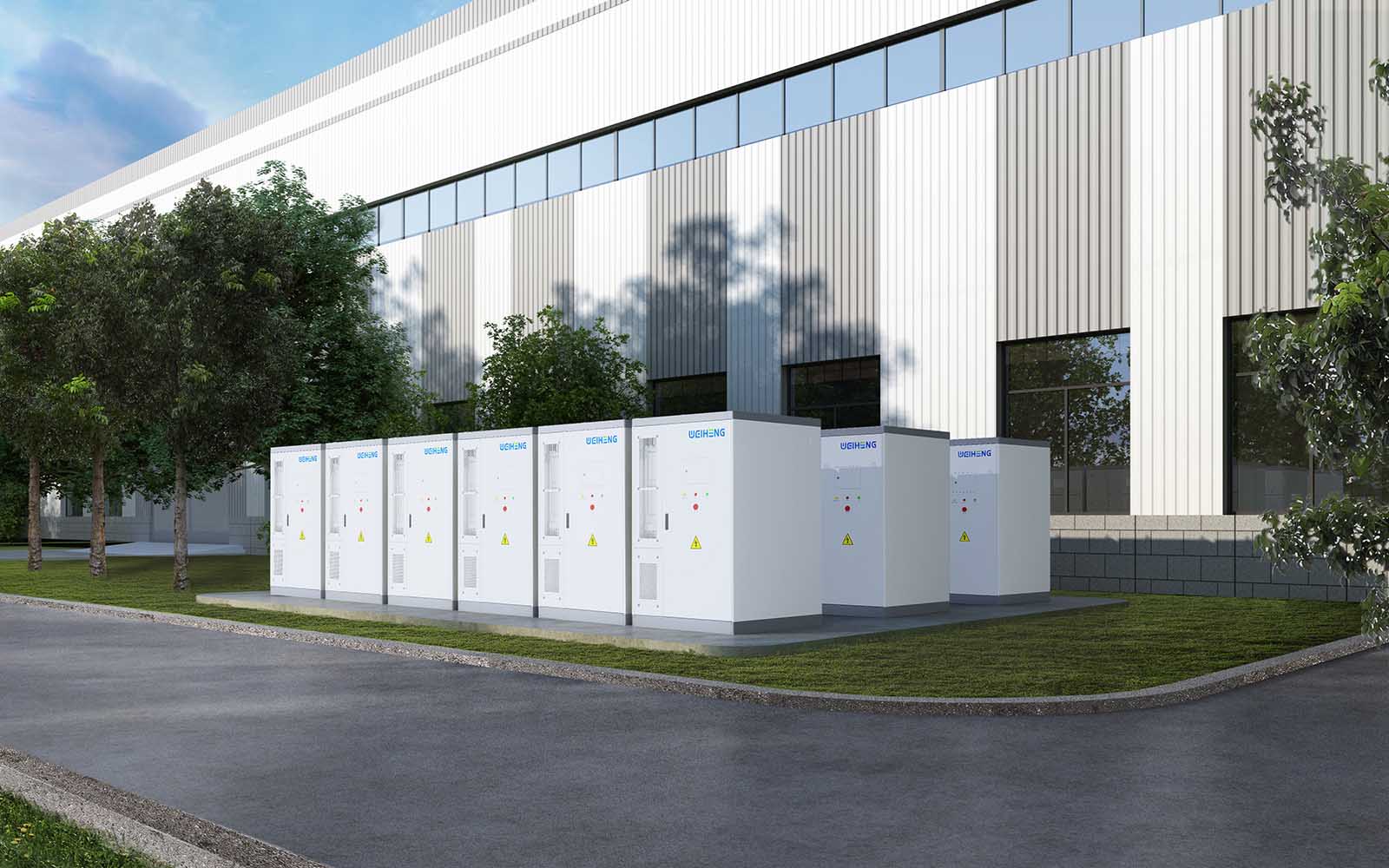
Battery energy storage systems (BESS) are now essential to improving grid stability and incorporating renewable energy sources. Historically, however, there have been difficulties with these systems’ safety, especially in cases of thermal runaway.
Recently, significant developments in battery storage safety were highlighted by BESS manufacturer Sungrow who carried out a large-scale presentation, showcasing their BESS’s resistance against fire. This evidence of enhanced safety protocols motivated us to investigate the development of battery storage safety from its early days to the current high standards.
A Brief History of Containerised Batteries
Battery energy storage systems (BESS), sometimes known as containerised battery systems, have been used for many years. They were first introduced as a way to improve electrical grid stability and efficiency. These systems have been essential in storing surplus power as well as in offering vital balancing functions that facilitate the integration of sporadic renewable energy sources like wind and solar. Initially, there were doubts about these systems, mostly because of worries about the safety of battery storage, especially in situations that could cause thermal runaway and subsequent fires.
The early BESS iterations made it clear how urgently more safety measures were needed as the technology gained traction and started to spread around the globe. This was made clear by events when system malfunctions raised safety issues and prompted industry-wide debates and reassessments. These occasions acted as catalysts for major developments in safety technology and the laws governing the installation and management of battery storage systems. BESS has moved from being dangerous investments to dependable assets essential to contemporary energy infrastructures, thanks in large part to the industry’s reaction to these issues.
Past Incidents and Lessons Learned
There have been obstacles along the way to achieving the best possible battery storage safety. The possible hazards connected to BESS were brought to light by fires and safety violations in different regions of the world. One noteworthy example happened in Arizona in 2019 when a BESS unit had a thermal runaway that resulted in an explosion. This event not only sounded the alarms about the necessity of strict safety procedures but also forced a review of the design, operation, and maintenance of such systems throughout the industry.
Strong safety precautions are even more important, as seen by comparable events in Belgium and South Korea. These incidents brought to light weaknesses in the thermal environment of the cells and battery management systems, which prompted thorough studies and research aimed at raising safety requirements.
These historical obstacles have fueled a flurry of inventions and legislative changes meant to stop such incidents. The safety-related techniques in the design and installation of new systems have been significantly shaped by the lessons discovered from previous experiences. As direct reactions to previous failures, improvements including stronger emergency response plans, sophisticated management systems, and improved battery chemistry have surfaced, greatly increasing the safety and dependability of battery storage.
Enhancements in Safety Measures
Innovation and ongoing progress have characterised the development of battery storage safety. After several occurrences, the industry has proactively improved battery energy storage systems (BESS) safety procedures. Modern Battery Management Systems (BMS) are one of the key developments that actively monitor and manage the temperature, health, and charge and discharge rates of each cell, therefore reducing the possibility of thermal runaway.
A further important safety precaution is the installation of hydrogen gas detectors in BESS systems. Early identification and avoidance of possibly dangerous situations are greatly aided by these detectors. Through the monitoring of hydrogen gas levels, which can be a precursor to battery failure, these systems offer vital alerts that allow for the implementation of preventative actions before circumstances result in a thermal catastrophe.
Deflagration panels and improved fire suppression systems are further features of container design that assist in safely containing and releasing gases in the case of an internal fire. These design improvements have greatly increased the general safety of battery storage systems, as have more stringent installation requirements and routine maintenance procedures. Through such operational and technical developments, the sector keeps improving the dependability of BESS and lowering hazards.
Current State of Battery Storage Safety
Battery storage safety has advanced to an unheard-of degree of complexity and dependability these days. The purpose of industry standards like UL9540A is to rigorously test and certify battery energy storage devices under different stress scenarios so that they satisfy strict safety requirements. The most recent technical developments and the lessons learned from previous occurrences are included in the ongoing updates of these standards.
Today’s manufacturers are using state-of-the-art technologies like machine learning and artificial intelligence to improve battery management systems’ predictive power even more. Because these systems can foresee possible problems before they happen, pre-emptive maintenance and system modifications that prevent problems are possible.

Moreover, the sector has accepted the exchange of information and safety procedures. Working together through webinars, seminars, and workshops, important knowledge about the safest ways to store batteries is spread. Such common sense guarantees continuous enhancements in current configurations in addition to promoting safer installation of new installations.
The current state of BESS is defined by systems that are not only energy-efficient and able to maintain the grid but also have the highest standards of safety for operators and the local community. This situation now shows a strong framework where technological innovation and risk management come together to preserve and improve battery storage safety.
Recent Safety Tests and Innovations
Rigid testing and ongoing innovation are examples of how dedicated we are to improving battery storage safety. Among the most noteworthy developments of late is the fire safety test that Sungrow carried out. This massive demonstration—which was broadcast live for openness—showcased the ability of their BESS to withstand thermal runaway in practical situations. To evaluate how well safety features like deflagration panels handle and control possible disasters, Sungrow lit their PowerTitan units in harsh conditions. This exercise demonstrated a proven industry method for demonstrating system durability and dependability under fire, in addition to reiterating the safety aspects of Sungrow’s products.
Looking Ahead: BESS Safety
As the battery energy storage market expands, so does the need to give battery storage safety priority. Future-looking, the sector is ready to embrace even stricter safety regulations and cutting-edge technology to reduce hazards and improve system dependability. Future battery technologies, particularly solid-state batteries, present interesting directions for safer energy storage systems with higher energy densities and lower thermal event hazards.
In addition, industry leaders and regulatory agencies are supposed to work together more closely to create more thorough safety regulations that take into account the changing complexity of BESS deployments. This covers not just the physical safety precautions but also the cybersecurity precautions because BESS’s incorporation of smart technologies makes it more susceptible to online assaults.
Sustaining the momentum in safety developments requires a continuous dedication to research, shared learning, and technology development. The industry is closer to a day when battery storage systems are widely acknowledged for their strong safety characteristics in addition to their economic and environmental advantages with every innovation and improved practice. By ensuring that battery storage safety continues to be a pillar of the industry’s growth, this future-oriented strategy promotes the safe and sustainable integration of renewable energy systems globally.
All things considered, the path of battery storage safety from its earliest difficulties to the sophisticated procedures of today highlights an amazing development propelled by creativity, exacting testing, and teamwork. The dedication to safety will never waiver as we continue to improve and improve these technologies, guaranteeing that BESS not only facilitates the integration of renewable energy sources but also does it with the highest security and dependability. Future battery storage technologies appear bright, ready to satisfy global energy demands safely and effectively with continuous improvements and a proactive strategy.







